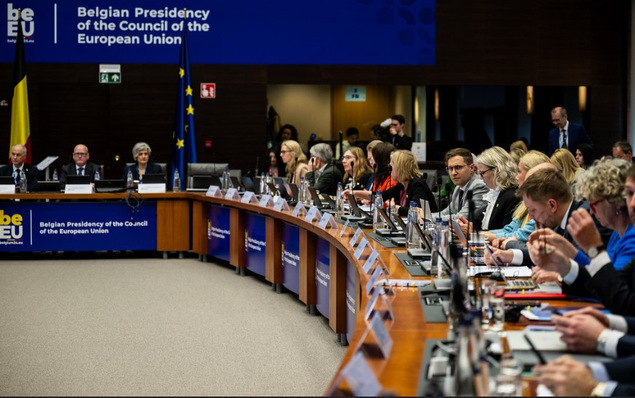The industry and research consortium BIPV Boost has started to reduce the costs of building-integrated photovoltaics, among other things. As reported by the architecture portal Solar Age, a first interim report provided, among other things, a summary of the current state of competitiveness of building-integrated solutions compared to the non-active building envelope.
View the entire system
For example, the substantial price reduction of photovoltaics in recent years has led to a reduction in the cost of solar building envelopes. Today, it is not only roof-integrated solar systems that can keep up with conventional roof coverings in terms of costs, especially when high-quality materials are used. On the façade, too, photovoltaic solutions are becoming more competitive compared with conventional building materials. This is all the more true when you step away from the merely material level and consider the various solutions in their entirety. In this case, the costs for the mounting system, the possible accessories, the planning and installation work and the administrative expenses also need to be taken into account.
Click here to join Sven Ulrich of Solar Age on our pv Guided Tour on BIPV
Then the price differences become smaller. "Nevertheless, the active solutions will undoubtedly remain more expensive than standard facade cladding," write the authors of the study. However, they have compared the costs with the earnings. For example, an active building envelope produces energy, which is an advantage over the passive building envelope and is included in the overall calculation. There are also other advantages. "For example, one can include the aesthetic value, since BIPV products are building elements that can have different shapes and colours. More importantly, the 'green' status associated with the BIPV system is often highlighted as a source of value creation," the authors write in their study. "Nevertheless, BIPV building components should not be considered as the main source of income, but rather as additional investments that should have reasonable payback periods".
A more detailed analysis of the report can be found in the Solar Age newsroom. (su/mfo)







